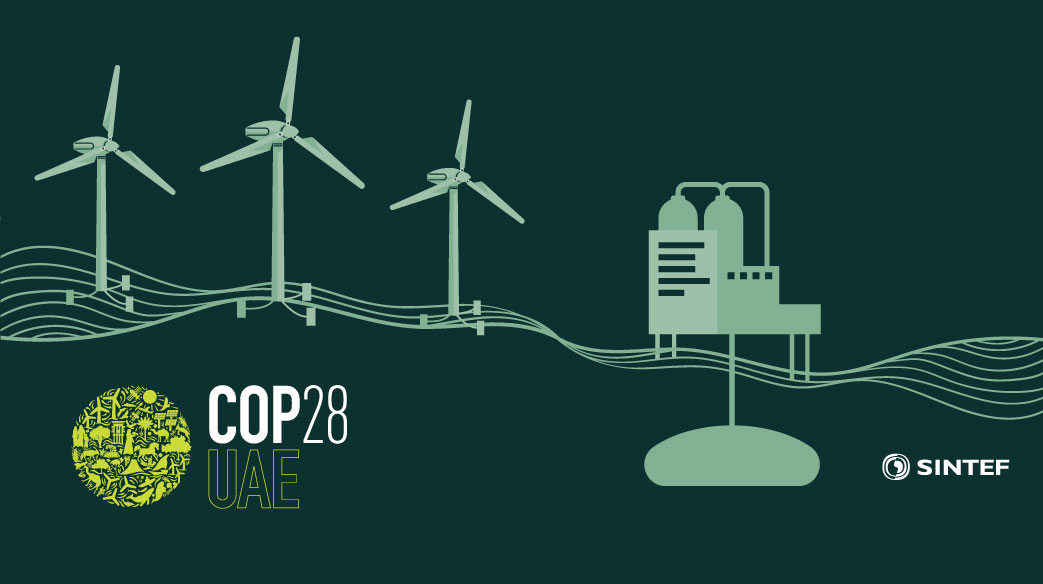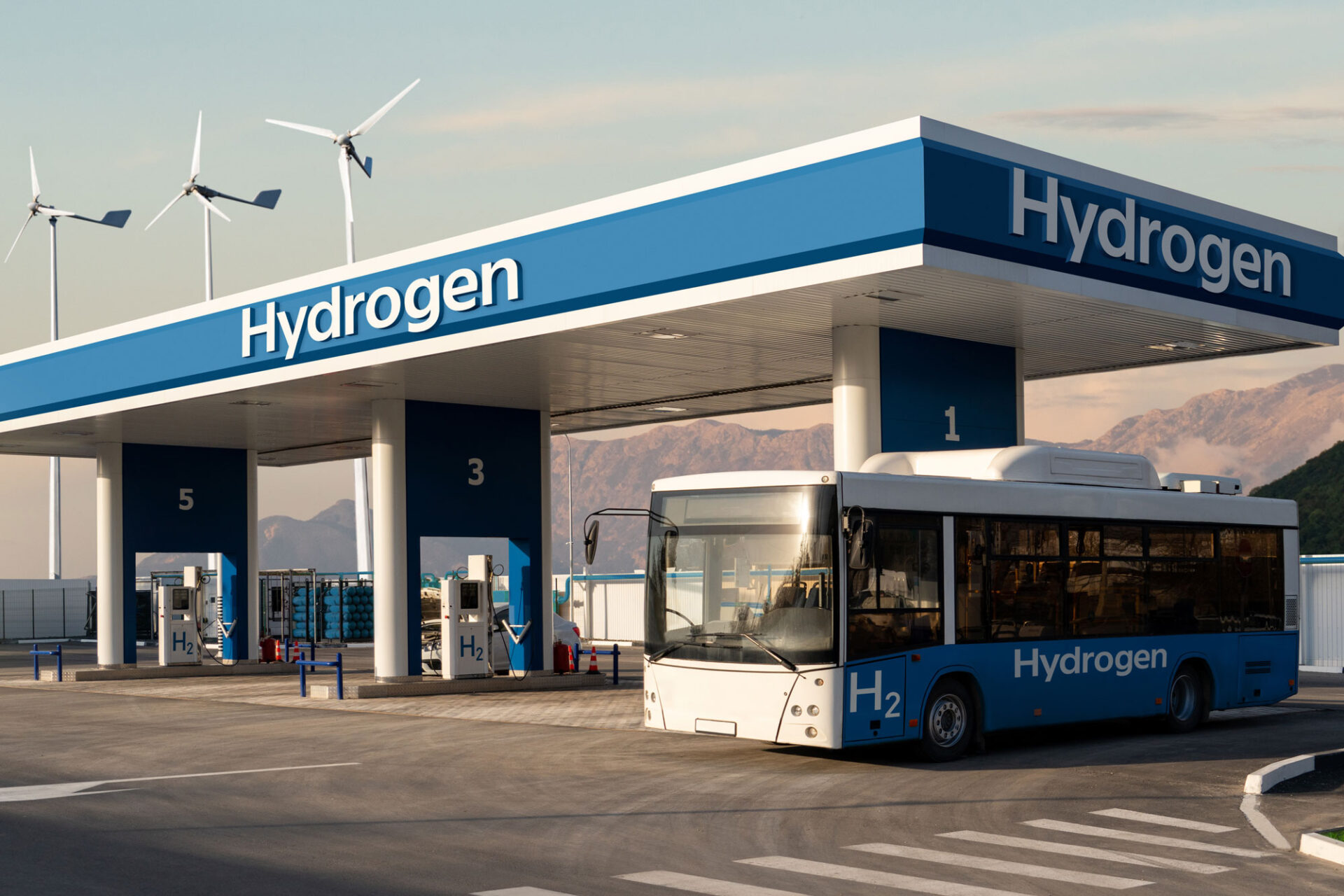It stresses the urgency to eliminate CO2 emissions from current hydrogen production, which relies heavily on natural gas, and emphasises the growing demand for hydrogen in various sectors, including new industrial processes and high-energy-demand transport applications.
Solutions to this include accelerating the development of renewable and low-carbon hydrogen, fostering international collaborations, and supporting research and innovation across the hydrogen value chain in order to achieve a sustainable hydrogen economy.
COP28 recommendations for hydrogen
- Foster an understanding of how renewable and low-carbon hydrogen can complement each other over time through fact-based discussions.
- Facilitate zero-emission solutions that enable hydrogen and hydrogen carriers to also compete in domestic markets, and remove regulatory barriers.
- Build strong relationships with other countries that are eager to introduce hydrogen quickly, and need to replace current fossil-energy imports with emission-free energy.
- Establish bilateral agreements for hydrogen exports where attractive, linking R&D activities to such agreements in order to ensure knowledge transfers and concerted R&D activities on a technologically neutral basis, with price, availability and carbon footprint as guiding principles.
- Support R&D activities to improve current electrolysis-based production and low-carbon production solutions, as well as hydrogen transport, storage and end use, particularly for industrial applications, maritime use, and mobility solutions.
- Support R&D activities on safety across the hydrogen value chain, including the climate effects of hydrogen leaks.
- Support R&D activities that promote the production, transport and use of hydrogen carriers, such as ammonia, liquid hydrogen and other sustainable solutions.

The problem
Hydrogen is an essential part of the energy transition to net-zero emissions by the mid-century. Hydrogen can be produced using electricity and water in electrolyzers or from natural gas through a thermochemical process known as reforming. As natural gas contains carbon, the CO2 generated in the reforming process must be captured and stored for the produced hydrogen to be considered “clean”.
Currently, nearly all hydrogen production relies on natural gas or oil without CO2 capture, which accounts for almost 1 billion tons of global CO2 emissions. This cannot continue. Yet, while emissions from hydrogen production need to be eliminated, there is a growing need for hydrogen as a means of meeting our global climate targets, increasing from 80-90 million tons per year to 400-500 million tons per year by 2050.
Hydrogen is challenging to transport and store efficiently, limiting its use primarily to where it is produced. It is currently predominantly used in industrial processes, where fertilizers and petrochemicals dominate, such as in refineries. In the future, hydrogen will expand into new sectors, including new industrial processes (e.g., steel production, glass manufacturing, aluminum, and alloys), fuel, particularly in applications requiring high power and energy levels like the maritime sector, long-distance transport, and possibly aviation.
Liquefying hydrogen results in a much higher storage density, which provides flexibility for transporting clean hydrogen between continents and to areas without developed pipeline infrastructure. For high-energy-demand transport applications, such as maritime transport, long-distance land transport such as trains, and future aviation, liquid hydrogen presents an opportunity for compact hydrogen storage. Norway has several companies that could be potential suppliers in such a market.
Hydrogen is also a building block for ammonia, and can be transported as ammonia, and then either wholly or partially converted back into hydrogen to be used as a fuel. Recombining hydrogen with captured CO2 from the atmosphere or from biogenic sources can produce liquid fuels that are similar to diesel. However, such processes are often associated with significant energy requirements and substantial carbon footprints in production, requiring proof that they are a genuinely climate-friendly alternative, especially compared to biofuels.
In general, fuels should be carbon-free, but it can be argued that a transitional period should allow the use of existing infrastructure and applications. On the other hand, this may contribute to locking in existing value chains that are not efficient or sustainable in the medium to long term.
For countries without natural gas resources, all hydrogen production will be based on electrolysis, or imported. This applies to most of Europe, as well as Japan, Korea, and several other countries. For countries with natural gas production, converting it to hydrogen with near 100% CO2 capture and storage is attractive. This applies to countries that currently do not have enough renewable power to produce sufficient hydrogen, which is the case for most countries in the EU and globally. Almost no country has surplus renewable electricity, especially not in the quantities needed. The EU has an average of 39% renewable power in its power mix, while Norway has 97% renewable power mix when excluding offshore oil and gas operations. Norway’s total energy mix (i.e., energy use in all sectors, including transport) is approximately 50% renewable.
A complete electrification of the power system and hydrogen production for the decarbonisation of industry and parts of the transport sector will take time. Generally, renewable power should be used where electricity can be used. Hydrogen production typically has an efficiency of 60-65%, so electrification should occur where possible and be cost-effective, with hydrogen used where there are either no alternatives or where it is more cost-effective. Additionally, it is not fully substitutable; some processes will require electricity while others will require hydrogen.
Low-carbon hydrogen (so-called “blue hydrogen”) can play a role in establishing hydrogen infrastructure and large-scale applications. However, in the longer term, all hydrogen will be renewable hydrogen (so-called “green hydrogen”).
Low-carbon products from the Norwegian continental shelf will have low carbon footprints due to negligible emissions in natural gas production on the shelf, strictly regulated through HSE rules and standards. Low-carbon hydrogen production can have a carbon footprint below 1 kg CO2/kg H2, well below the EU’s requirement of 3.38 kg/kg, achievable only with a lower footprint from electrolysis if the emission intensity of the power used is below 20 g CO2/kWh. The European power mix is approximately 250 g/kWh, while the Norwegian one is around 16 g/kWh. By blending in biomethane or climate-neutral gases, the capture rate can be increased, and the footprint further reduced.
Norway’s natural gas exports were 122 billion standard cubic meters (Sm3) in 2022, equivalent to about 1350 TWh of energy. If converted to hydrogen, this could enable the export of 850 TWh of clean energy and capture 230 million tons of CO2. 850 TWh of hydrogen corresponds to approximately 25 million tons/year — more than the EU’s ambition of 20 million tons/year by 2030. There are plans to produce 2-3 million tons of hydrogen from natural gas with CCS from Equinor, RWE, and Shell and transport it via pipelines to the continent.
The solution
By maintaining strict emission intensity requirements (LCA-based) for hydrogen produced from both electricity and natural gas, an accelerated development can be achieved without cannibalising new renewable production.
This approach can bring forth environmentally friendly solutions and establish infrastructure and solutions that will ultimately rely on renewable hydrogen. However, this will take time, approximately 20-30 years. By expediting development, the hydrogen economy can be realised much faster than by solely relying on electricity. It requires starting facilities and introducing solutions with the lowest possible footprint.
Additionally, supporting business models for hydrogen, especially renewable hydrogen, is crucial for driving technology development and gradually capturing larger shares of the market. Differential contracts, primarily for the production of renewable power but also for hydrogen, can be one such solution.









Comments
No comments yet. Be the first to comment!